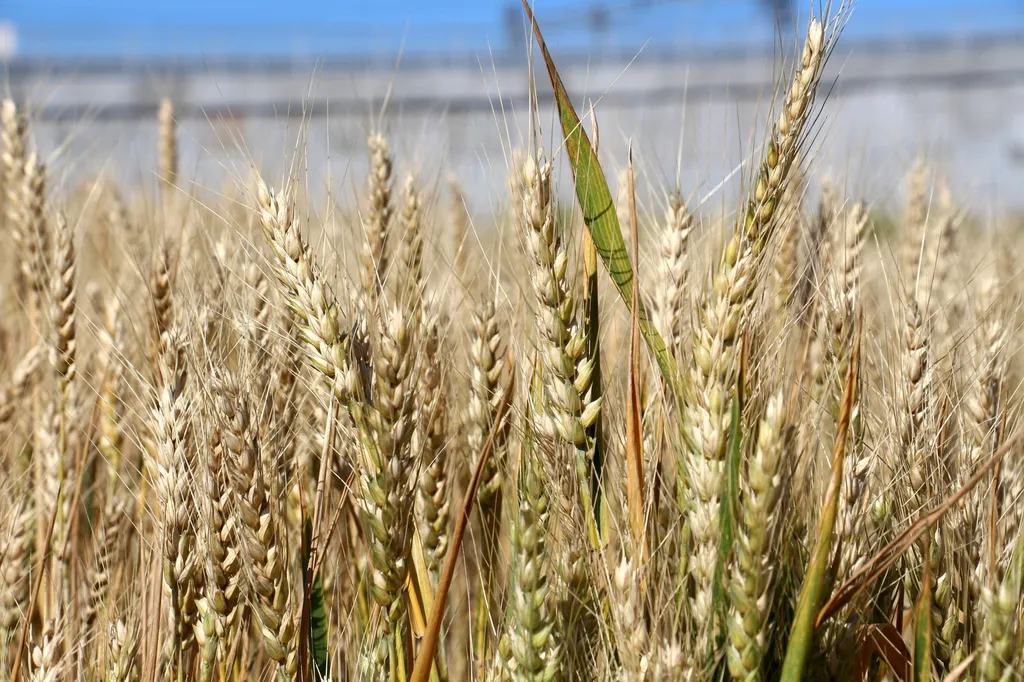In the vast expanse of agricultural research, a recent study has unearthed critical insights that could reshape how we approach wheat cultivation, with significant implications for the energy sector. Dr. Burak Özdemir, from Van Yuzuncu Yil University’s Faculty of Agriculture, has led a comprehensive investigation into the relationship between wheat root development and soil texture, shedding light on a often-overlooked aspect of crop science.
The study, published in the *Turkish Journal of Agriculture: Food Science and Technology* (translated from Turkish as *Türk Tarım, Gıda Bilim ve Teknolojisi Dergisi*), delves into the intricate world of wheat root systems, exploring how different soil textures—sandy, loamy, and clayey—affect root growth in two wheat varieties, Saraybosna and Alparslan. Using innovative methods, including image analysis software, Özdemir and his team measured various root traits such as length, depth, diameter, volume, and dry weight.
The findings are compelling. “Soil texture significantly influences root growth,” Özdemir explains. “Sandy and loamy soils promote better root development compared to clayey soils.” This discovery is not merely academic; it has profound implications for farmers and the energy sector. Wheat, a staple crop, is not only a cornerstone of food security but also a vital component in the production of biofuels. Understanding how soil texture affects root development can lead to more efficient crop management, ultimately boosting yields and enhancing the sustainability of biofuel production.
The study revealed that the Saraybosna variety exhibited superior root growth across all soil types, particularly in sandy soil, achieving the highest root length and dry weight. In contrast, the Alparslan variety showed reduced growth in clayey soil. These insights highlight the importance of selecting the right wheat variety for specific soil conditions, a practice that could optimize agricultural outputs and reduce resource waste.
Principal Component Analysis (PCA) further identified root dry weight, depth, and length as key factors influencing root development. This statistical tool provided a deeper understanding of the complex interactions between soil texture and root growth, offering a robust framework for future research.
The implications of this research extend beyond the field. As the energy sector increasingly turns to biofuels as a sustainable alternative to fossil fuels, the efficiency of wheat cultivation becomes paramount. By optimizing root development through soil management and variety selection, farmers can enhance crop yields, making biofuel production more viable and economically attractive.
Özdemir’s work also underscores the importance of root system plasticity, a trait that allows roots to adapt to different soil conditions. “This plasticity is a crucial but often overlooked aspect of plant biology,” he notes. “Understanding and harnessing it can lead to more resilient and productive crops.”
As we stand on the brink of a new era in agriculture and energy, this research serves as a beacon, guiding us towards more sustainable and efficient practices. By embracing these findings, we can cultivate not just healthier crops, but also a more sustainable future for all.

